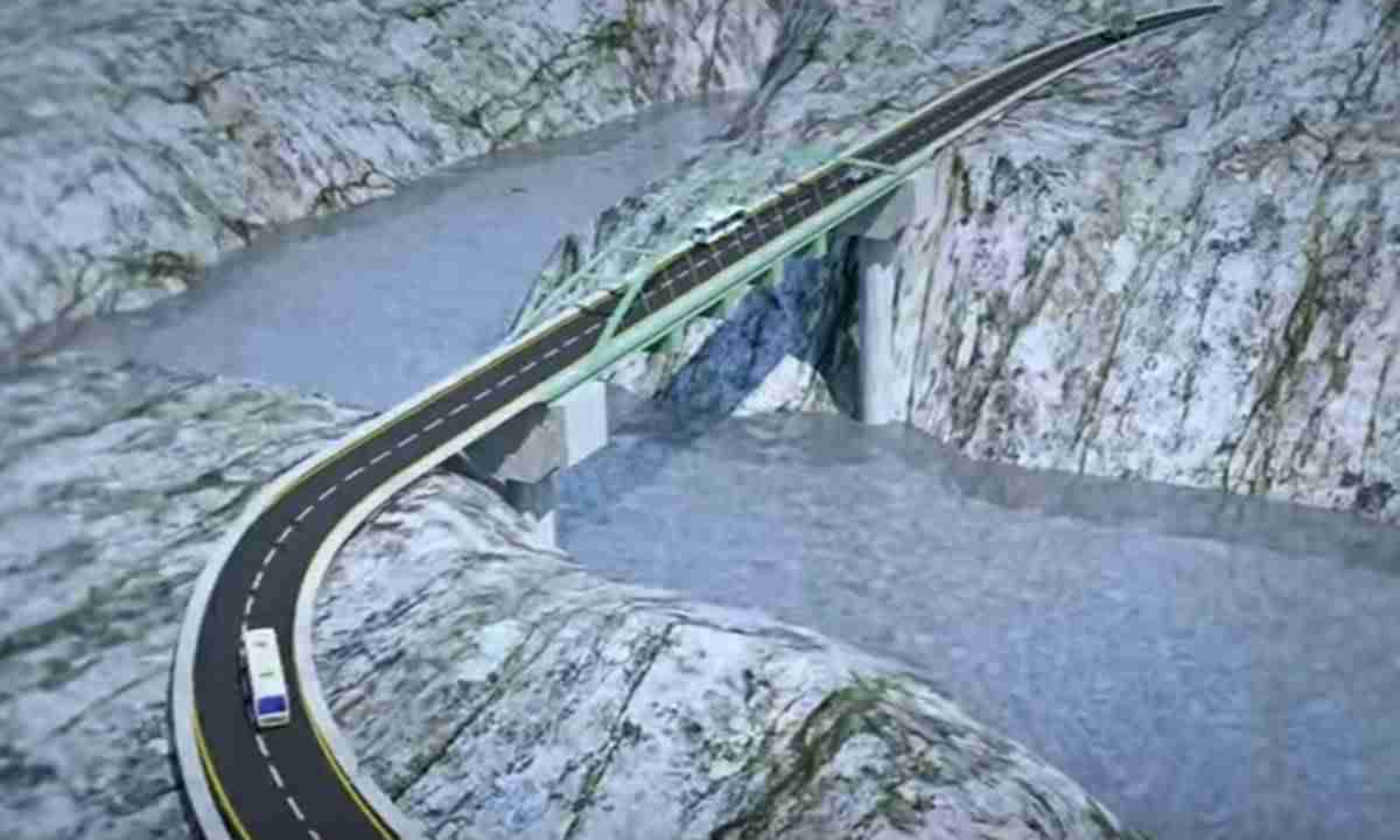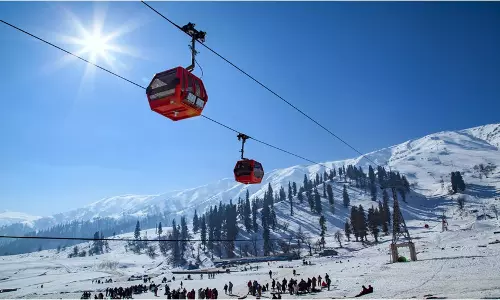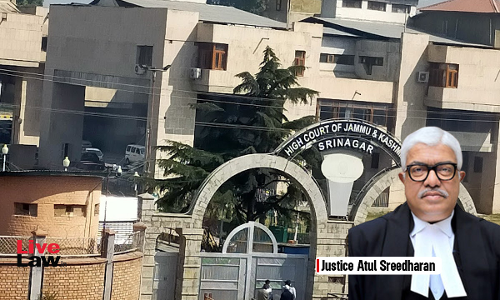Char Dham Road Project: Supreme Court Directs To List The Petitions In Last Week Of January

The Supreme Court on Monday listed the Char Dham Yatra road project for hearing on a Non-Miscellaneous Day in the last week of January, the interim order to keep the road width at 5.5m continuing in the meantime.In December last year, the bench of Justice Rohinton Nariman had asked the High Powered Committee, set-up by it, to consider the applications filed before the Court by the Ministry...
The Supreme Court on Monday listed the Char Dham Yatra road project for hearing on a Non-Miscellaneous Day in the last week of January, the interim order to keep the road width at 5.5m continuing in the meantime.
The majority report added it is not "feasible" to revisit the entire project where work is already completed and reduce the road width from 10 m to 5.5 m, underlining that it was "impractical" to reclaim the already tarred road because it will not be possible to grow trees on the excavated parts.
"Road width may be kept as approved for Char Dham with flexibility as per site conditions, considering the prior, during and post vulnerability of the terrain in the design, instead of restricting the road width," stated the majority report, adding landslides may have no direct connection with road cutting and constructions.
The minority group comprised high-powered committee chairman Ravi Chopra, who is a noted environmentalist, and two other members, however, expressed their dissent and maintained that the road width should be restricted to 5.5 m.
In its latest affidavit, the MoRTH has urged the Supreme Court to accept the majority view of the high-powered committee (HPC), which has favoured a 10-metre road width for the Rs.12,000-crore Char Dham highway project. the ministry has pointed out that 21 out of 26 members of the court-appointed HPC have been in favour of the wider road to ease movement of military forces along the Indo-China border areas, and to ensure better amenities for local communities.
Reportedly, the application before the top court last year by the defence ministry, presented by solicitor general Tushar Mehta, said, "The roads should have capacity to facilitate movement of heavy vehicles carrying troops, self propelled artillery and various machinery required by the army. For this purpose a double lane road having a carriageway width of 7m (or 7.5m where there is a raised kerb) is necessary to meet requirements of the army. The very security of the nation is involved and it has become necessary to seek modification of the September 8 order."
The road ministry had claimed that a substantial reduction in the width of the road to 5.5m in terms of the 2018 circular at this stage will result in non-uniform carriageway width varying from 10m to 5.5m in short stretches. "This sudden change in road width in a short road length is not desirable from road users' safety perspectives and may lead to the formation of black spots and spurt in road accidents," said the ministry.
The Supreme Court had on September 8 directed that the width of hilly and mountainous terrains for the Char Dham Highway project to be constructed in accordance with the 2018 circular of the Ministry of Road Transport and Highways (MoRTH).
A 3-judge bench comprising of Justices Nariman, Sinha and Indira Banerjee took into consideration the current situation with regard to the eco system and fragility of the mountain terrains to order that the width of the road would remain at 5.5 metres.
A High Power Committee constituted by Supreme Court in August 2019 submitted a Report in July 2020 whereby 13 members recommended following standards prescribed in a circular from 2012 while 5 members, including the Chairman, were in favour of going ahead according to the 2018 circular.
The 2018 circular prescribes a width of 5.5 metres for the intermediate lane configuration along with two-lane structures for National Highways in hilly and mountainous terrains.
Solicitor General Tushar Mehta contended that it was only a minority view of the Committee that the 2018 circular be complied with. Adding that since the road covers the India-China Border, the terrain in question sees movement of Army vehicles. Therefore, he urged, the width of the carriageway must be 7 metres wide, not 5.5 metres.
Refusing to accept this submission, Justice Nariman asserted that "the 2018 circular will alone apply."
"Shri Tushar Mehta, learned Solicitor General, persisted with his arguments that the 2018 circular is only prospective in nature. We are well aware of the distinction between something which is retrospective in the sense that it applies for the first time to projects which are already completed as opposed to ongoing projects, where it is necessary to take stock of the current situation and then move forward. Having taken stock of the current situation and of the fragility generally of the eco system in mountain terrain, we are of the view that this argument has no legs to stand on." -Records the Order.
Appearing for the Citizens for Green Doon, the Petitioner NGO, senior advocate Sanjay Parikh apprised court of devastation caused to mountains as a result of violations of directions by authorities.
Recording that a "great deal of devastation has occurred in certain areas and that plantation should be taken up in right earnest", the Apex Court noted that "we have no doubt that this will be carried out" and disposed off the application.
The char dham project is a 900KM, all-weather highway project which connects four towns state of Uttarakhand including Yamunotri, Gangotri, Kedarnath and Badrinath.
On August 8, 2019, a bench comprising Justices R F Nariman and Surya Kant had modified the NGT order approving the Char Dham Highway project and constituted a High Powered Committee to assess and study the impact of the project on the Himalayan valleys.
In the meeting held on July 2020, the HPC could not reach a unanimous decision on the road width for the proposed highway, resulting in the matter reaching before the bench.




